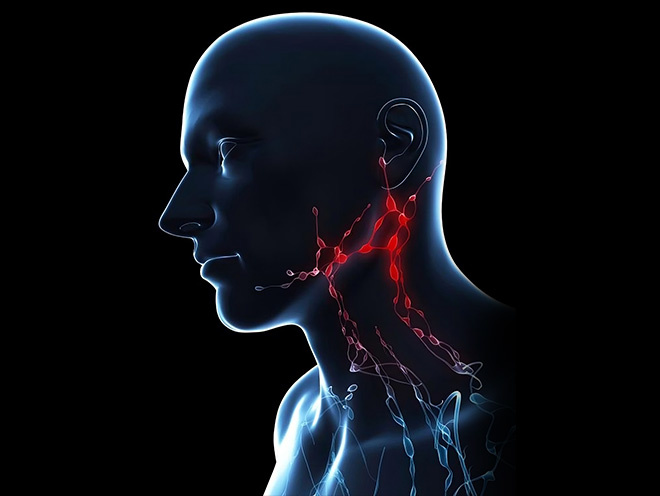 |

What is Hodgkin’s Lymphoma?
Hodgkin’s lymphoma is a malignant lymphoid tissue tumor that originates from B cells in the lymph system. The condition is characterized by the presence of Reed-Sternberg cells, which are heterogeneous large B lymphocytes. Hodgkin’s lymphoma usually develops in the lymph nodes, but it can also be found in other lymphoid tissues and organs.
Hodgkin’s lymphoma is categorized into different subtypes, including classic Hodgkin’s lymphoma and mixed-cell Hodgkin’s lymphoma. Classic Hodgkin’s lymphoma is further categorized into the following four subtypes:
1. Mixed Cellularity: this is the most common subtype, containing multiple cell types.
2. Lymphocyte-rich: lymphocytes are the main cell type.
3. Nodular Sclerosis: characterized by fibrosis and mass lesions.
4. Lymphocyte-depleted: relatively few Reed-Sternberg cells, mainly fibrosis and lymphocytopenia.
So can middle and late-staged Hodgkin’s Lymphoma be cured? Minimally invasive techniques with few side effects and minimal trauma can help oral cancer patients avoid surgical removal, avoid suffering from traditional radiotherapy, and effectively prolong survival.
For more knowledge about cancer,please consult our doctors online.




What is signs and symptoms of Hodgkin lymphoma
1. Swollen lymph nodes: This is one of the most typical symptoms of Hodgkin’s lymphoma. Swollen lymph nodes in the neck, underarm, groin and other areas, which are usually painless or only slightly painful.
2. Fatigue: The patient may feel fatigued for a long period of time, and it is not easy to regain energy.
3. Fever: Fever may be continuous or intermittent, and may be more pronounced especially at night.
4. Drenching night sweats: Night sweats are usually manifested as profuse sweating at night, sometimes resulting in sweat-soaked sheets and clothing.
5. Weight loss: Weight loss for unknown reason may be one of the symptoms of Hodgkin’s lymphoma, which is associated with loss of appetite and changes in metabolism.
6. Pruritus: Some patients may feel itchy skin, especially in the area of enlarged lymph nodes.
7. Chest or abdominal pain: If the lymphoma spreads to the chest or abdomen, it may cause pain in the corresponding areas.
8. Cough or difficulty breathing: If the lymphoma affects the lymph nodes in the chest or the lungs, it may cause symptoms such as coughing and difficulty breathing.
For more knowledge about cancer, please consult our doctors online.
Stages of Hodgkin Lymphoma
Hodgkin’s lymphoma is staged according to the Ann Arbor staging system, a system commonly used to describe the staging of lymphoma disease.The Ann Arbor staging system divides Hodgkin’s lymphoma into four main stages, as well as sub-stages within each main stage.
stage I: involvement of a single lymph node region or of a single extralymphatic organ or site
Substaging:
A: Absence of any B symptoms (e.g., fever, night sweats, weight loss).
B: presence of B symptoms
stage II: involvement of two or more lymph node regions on the same side of the diaphragm
Substaging:
A: Absence of any B symptoms
B: presence of B symptoms
stage III: Lymphoma has spread to both sides of the diaphragm or to areas of lymph nodes outside the thoracic and abdominal cavities.
Substaging:
A: Absence of any B symptoms
B: presence of B symptoms
stage IV: diffuse or disseminated involvement of one or more extralymphatic organs, including any involvement of the liver, lungs, or bone marrow.
Substaging:
A: Absence of any B symptoms
B: presence of B symptoms
In the Ann Arbor staging system, B symptoms are fever, night sweats, and weight loss. The exact determination of staging requires a series of tests such as physical examination, imaging (e.g., CT scan, PET-CT scan), and lymph node biopsy.
For more knowledge about cancer, please consult our doctors online.